Ellie Davison, a young conservationist, is leading on a project to protect and enhance the juniper trees of the North York Moors National Park. One of only three native conifers of Britain, this iconic species is under threat – I joined her on a visit into the heart of the North York Moors to discover her plans.
Introduction and photography by Charlie Fox, interview with Ellie Davison
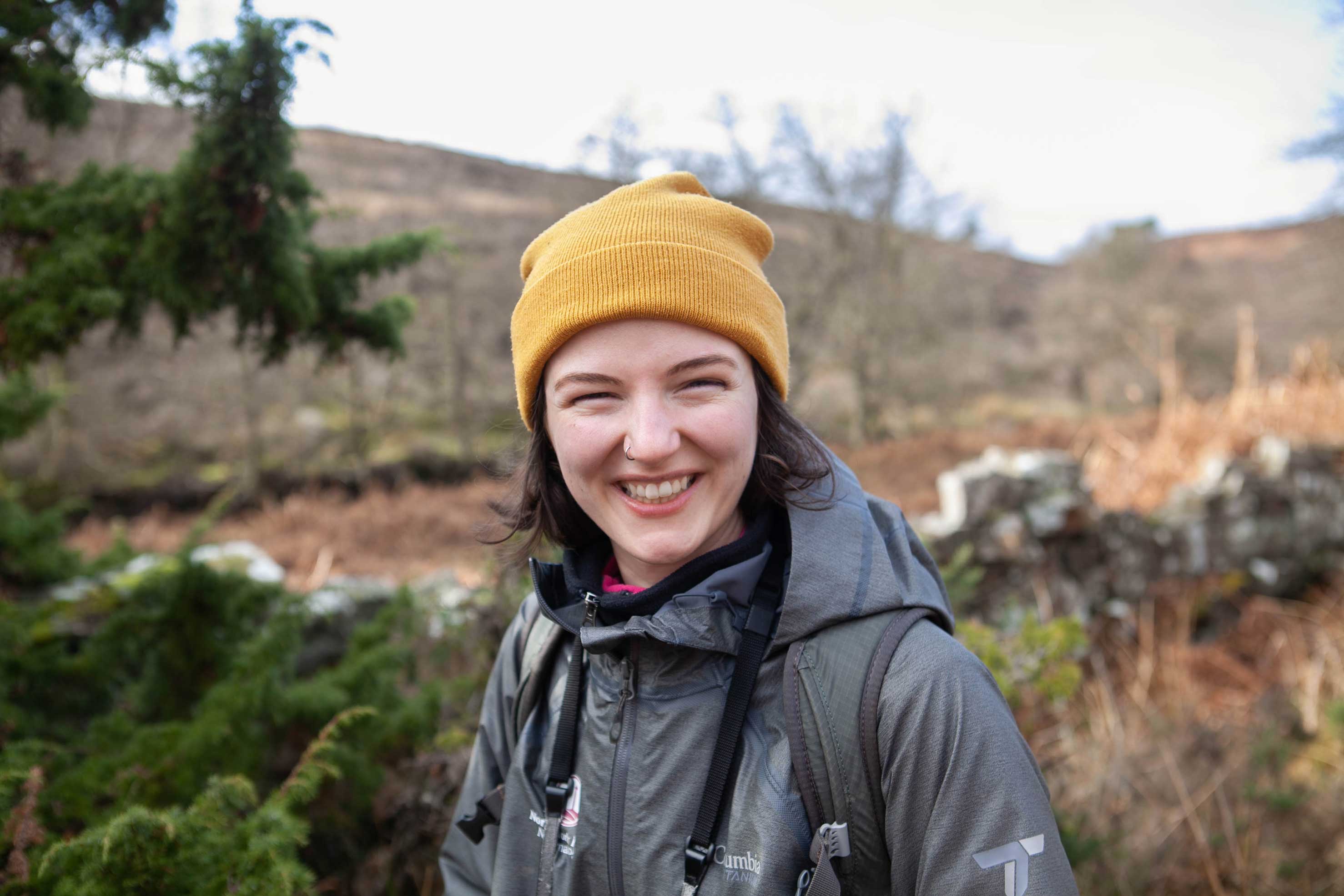
After heading from the southern fringes of the National Park across Blakey Ridge – an open landscape of moorland and dale - we met near the village of Westerdale, at a small, gravel car park next to a shaded beck. It was a pale, light day. The clouds were white, flat, and sparse, but still held some of the warmth of sunlight.
Wearing a spirited smile, Ellie emerged from the car. We washed our boots and headed out into the landscape.
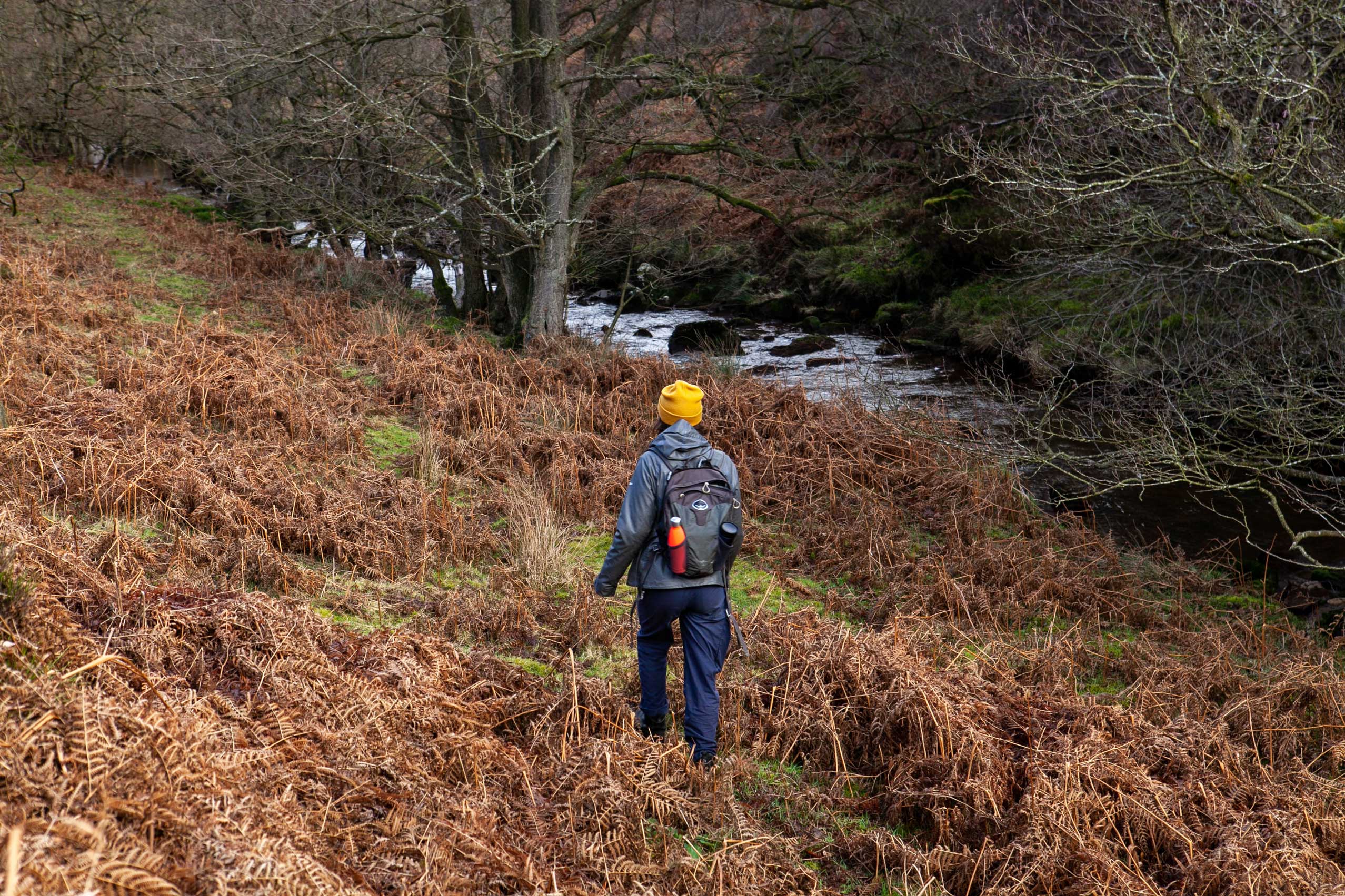
It wasn’t long until we came across what Ellie described as her ‘favourite juniper’. Now this is what is referred to as ‘common’ juniper, as opposed to the other subspecies ‘dwarf’ juniper. Such trees appear in all sorts of forms and grow up to 10 metres tall. They are dioecious, meaning that male and female structures grow on separate trees and have small, needle-like leaves of green and silver. Female juniper produce fleshy cones that look like berries and when mature have vibrant hues of purple, indigo and black.
At roughly three metres tall, Ellie’s juniper didn’t have a dominating presence, but its long branches were quite distinct by the way they flowed down the tree, in some cases to the ground, before rising sharply at the tips. This feature was so distinct that it gave it an ornamental quality and from certain angles it looked like the wide-opened mouth of a whale.
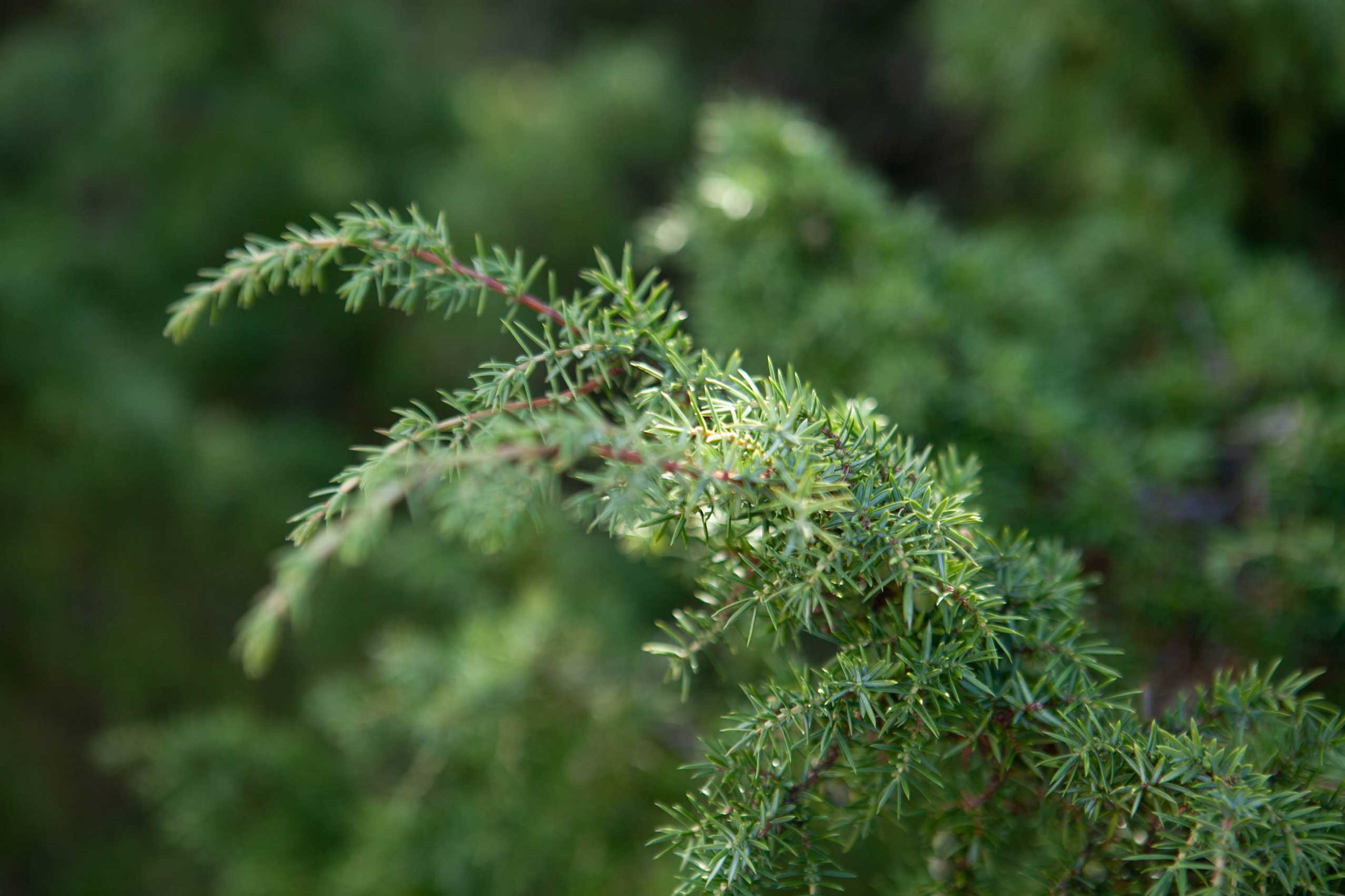
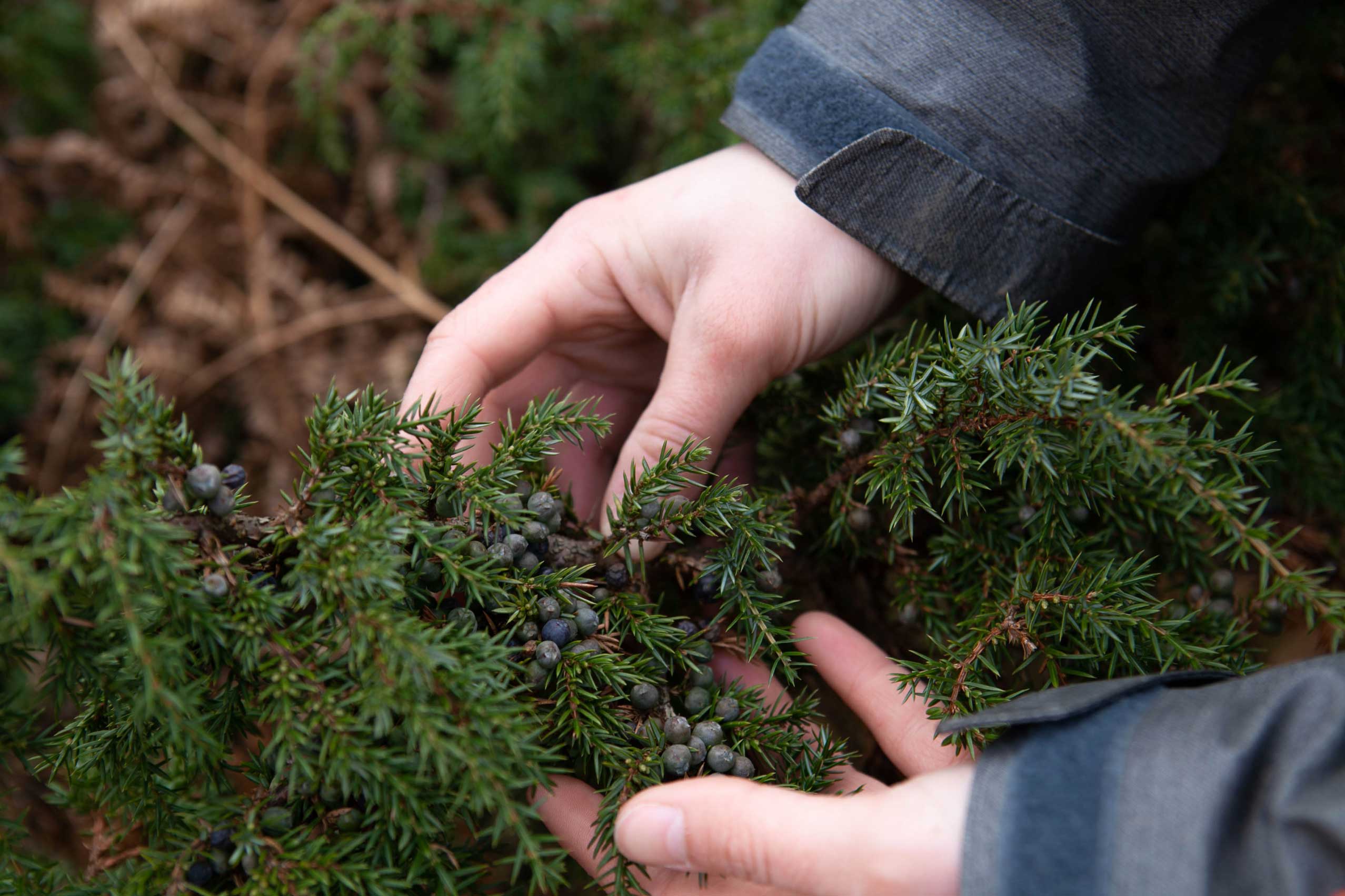
Sadly, such trees are becoming increasingly rare in England as a result of habitat fragmentation and the fungus–like pathogen Phytophthora austrocedrae. Ellie’s work is to survey current populations within the National Park, revitalise previous conservation efforts and take new steps to cultivate healthy junipers.
Discover the motivations, aspirations and hopes behind her work.
What drives you to protect, conserve and enhance the natural world?
I have always been fascinated by the incredible diversity, beauty and resilience of the natural world. With industrialisation and people becoming more disconnected from nature, it can be easy to forget how intrinsic it is to our survival, but we really can’t exist without it. We are currently living through the sixth mass extinction of the planet’s biodiversity, directly driven by human activity. This used to make me feel very helpless and pessimistic, but then I decided to get into conservation and do something about it - no matter how small! We aren’t here forever and I really want my life to have some form of positive impact on the world around me.
What lasting contribution does the juniper project seek to create on our landscape?
The juniper project’s main aims are to survey and protect our dwindling juniper within the North York Moors. We want to make sure there are no instances of any juniper being affected by the deadly Phytophthora austrocedrae pathogen, as an outbreak of this could be devastating.
Our dedicated team of volunteers and young rangers are also working with us to help carry out important maintenance in the landscape. This includes removing tree guards, as well as ‘bracken bashing’ in the summer. This will prevent juniper being shaded out and boost biodiversity among other flora. We aim to eventually reinforce our juniper populations by growing on cuttings and seeds to hopefully ensure juniper remains part of our landscape in the future.
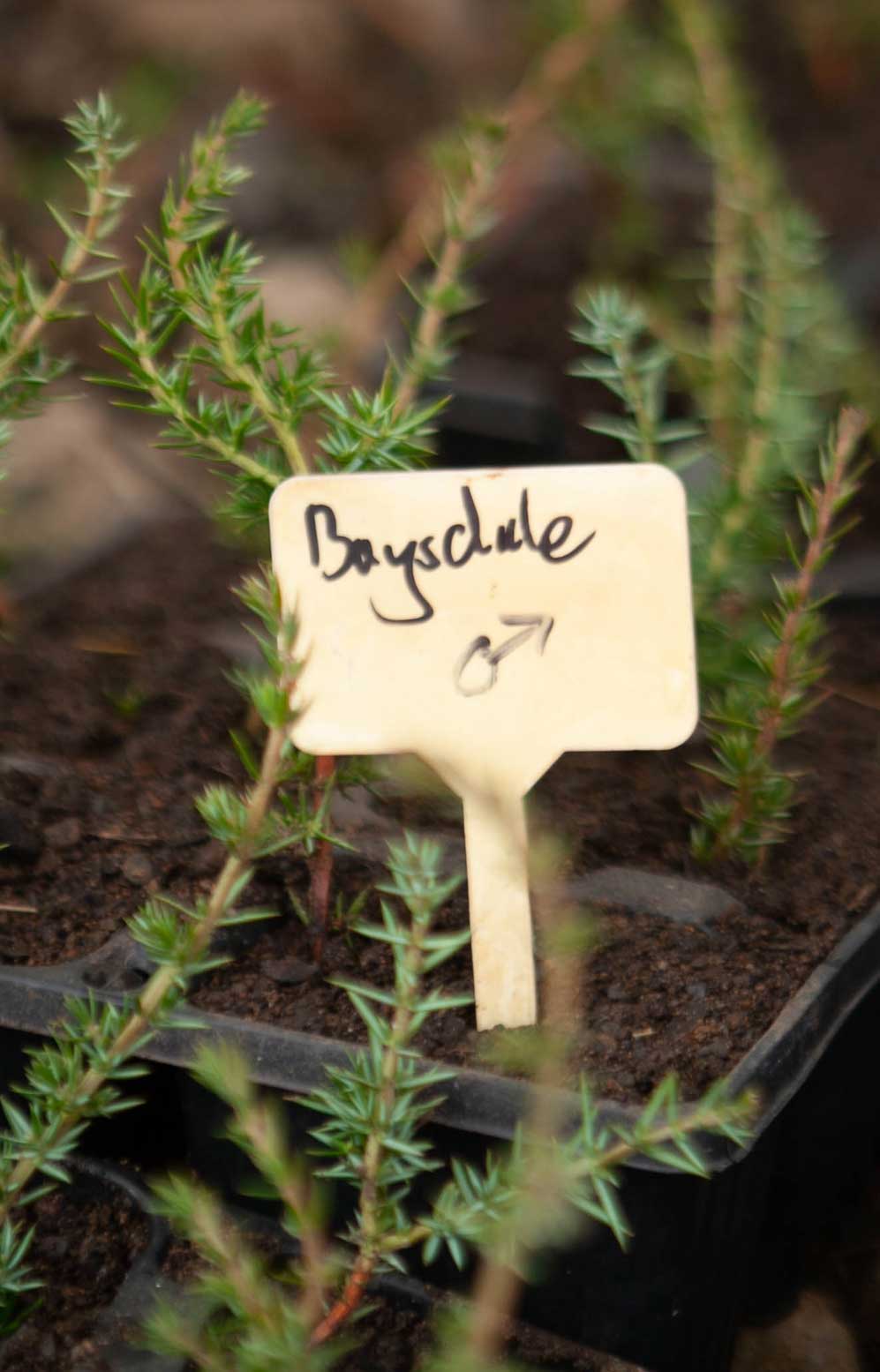
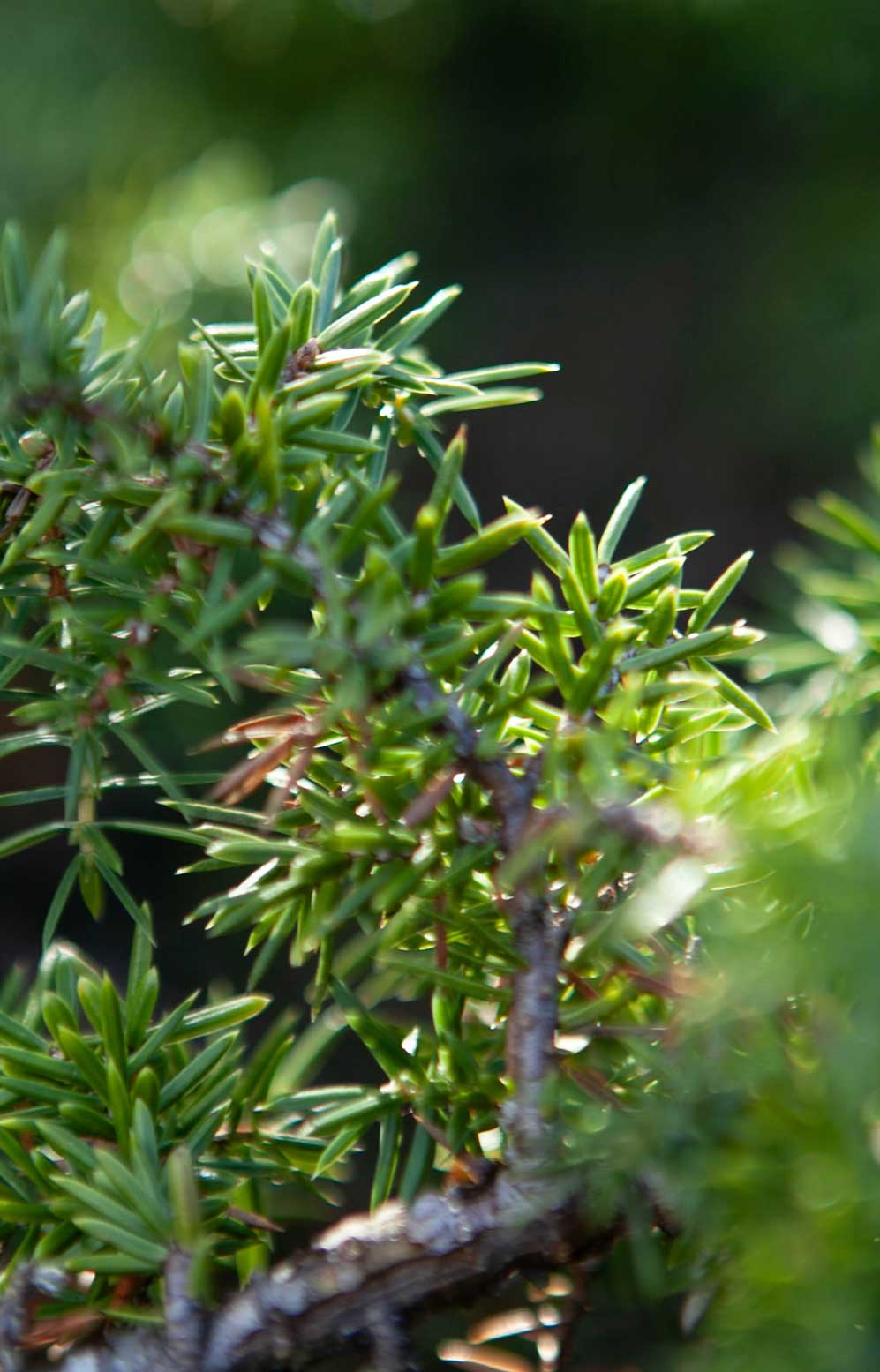
… I believe juniper has a real chance to thrive in the North Nork Moors. We have some beautiful trees to work with and there are currently no reports of disease. I want this to be a conservation success story.
Juniper has been declining throughout England – how does this sense of loss impact and motivate your work?
Juniper was one of the first tree species to colonise in the UK after the last Ice Age. It has been a firm part of our landscape ever since and has a rich history of usage in medicine, protection rituals, cooking, illicit Highland whisky stills, and of course gin making.
Juniper is very beneficial for a range of wildlife. It has many associated mosses, fungi, algae and lichens. It also provides dense cover and food for birds, mammals and invertebrates, including the specialised juniper carpet moth and juniper pug.
The loss of this iconic tree and its history would be incredibly sad in itself, but could also contribute to the decline of its associated species. So much of the world’s flora and fauna are facing similar declines and it can be difficult to know where to start. However, I believe juniper has a real chance to thrive in the North Nork Moors. We have some beautiful trees to work with and there are currently no reports of disease. I want this to be a conservation success story!
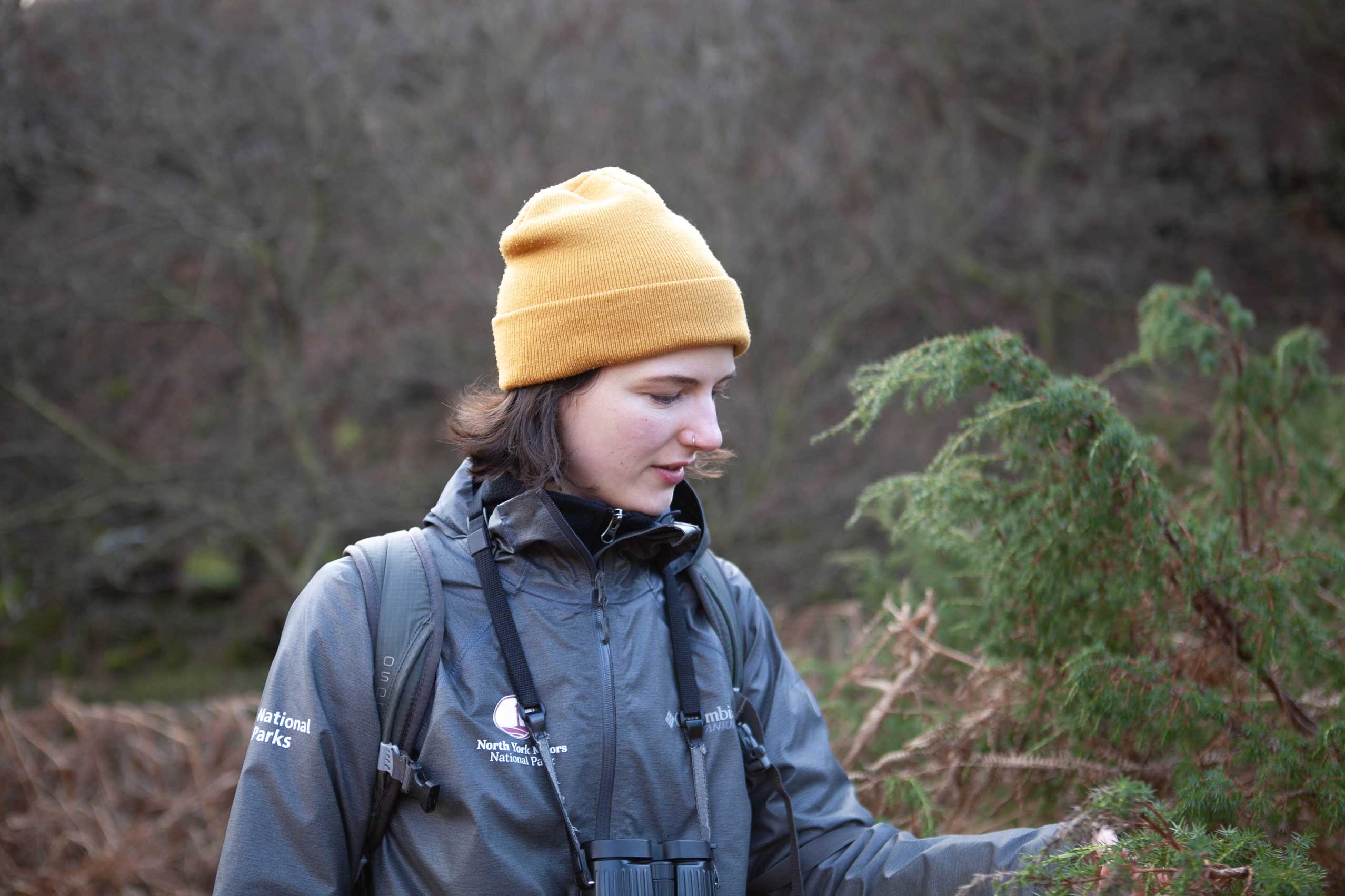
What are the characteristics and qualities of the juniper tree that are special to you?
Despite its current decline in the UK, juniper trees are incredibly hardy and can grow in some pretty harsh climates. They are very slow growing and often difficult to establish, but once they get going they can live for over 200 years. I love their growth pattern. Branches fall to the ground and propagate themselves and they create an impressive, twisted complex, some of which I have seen spread over 11m. The older specimens look like something out of a fairy tale, with lots of nooks and crannies to support wildlife. I also love learning about the folklore surrounding juniper, much of which has strong themes of protection against demons, witches, and other unwanted visitors. It is now our turn to protect this fantastic species.
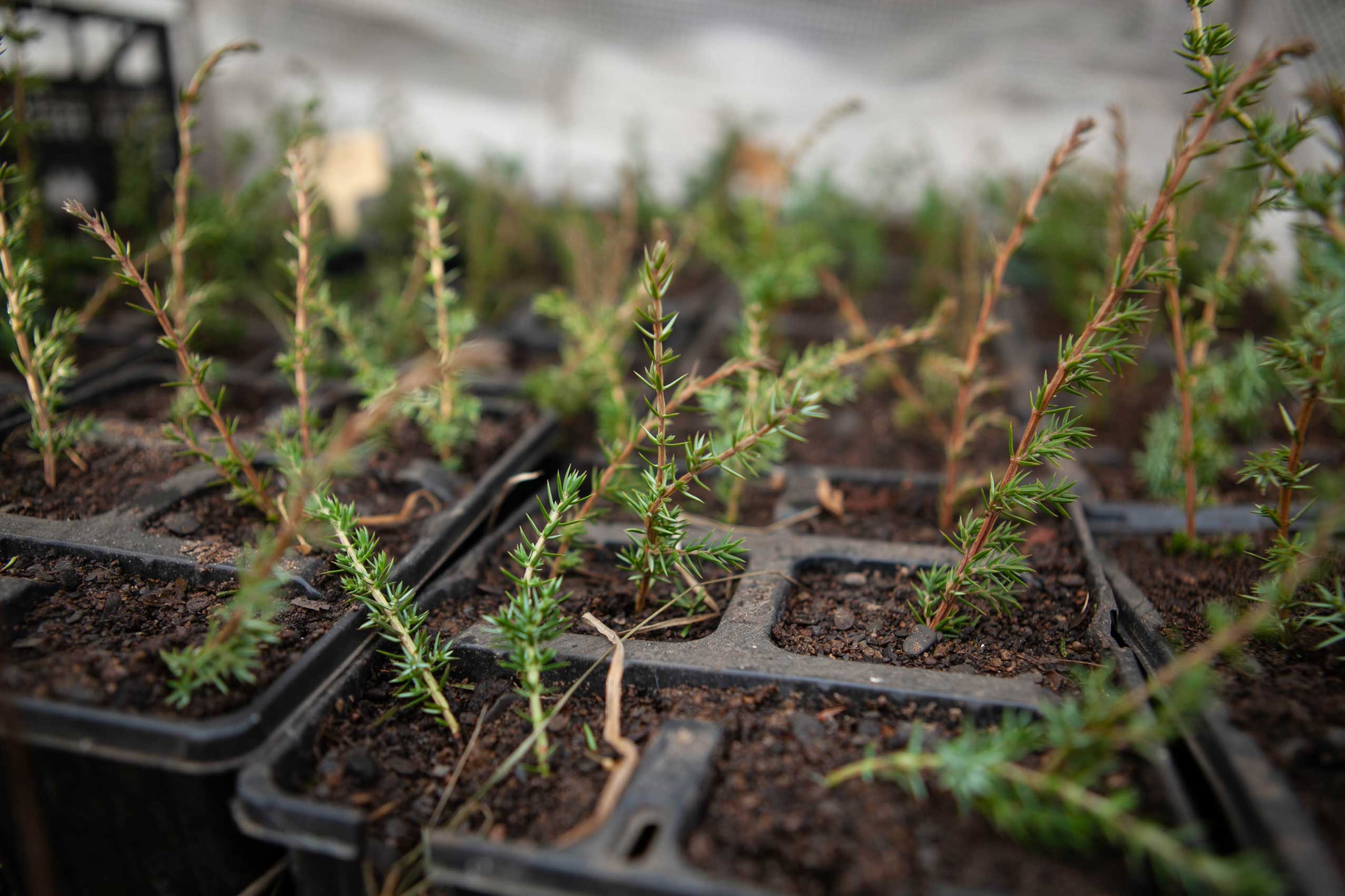
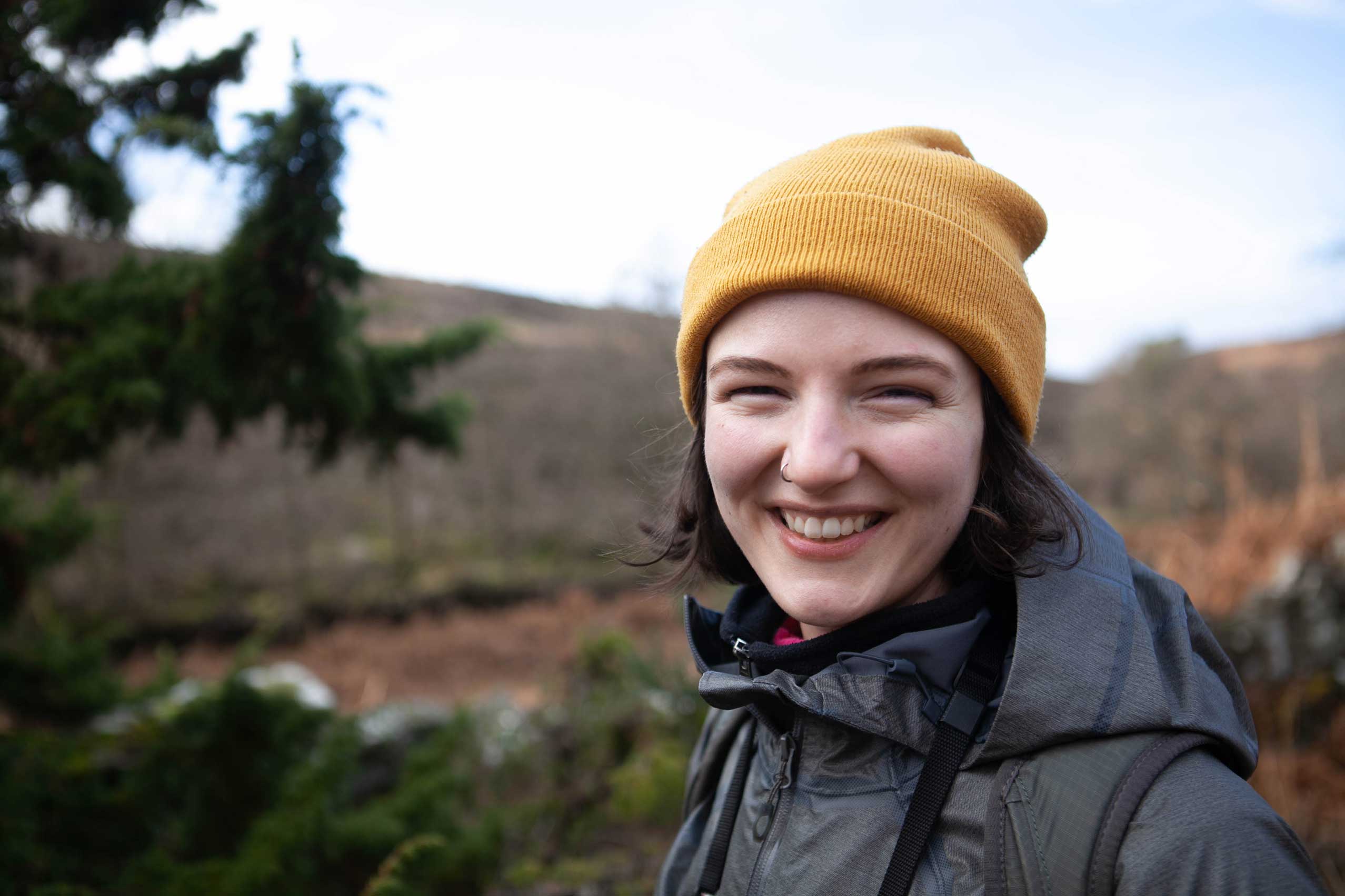
I love their growth pattern. Branches fall to the ground and propagate themselves and they create an impressive, twisted complex, some of which I have seen spread over 11m. The older specimens look like something out of a fairy tale…
What are the wider, long-term aspirations of your own ecological work beyond this project?
I finish my graduate conservation traineeship with the North York Moors National Park Authority in 2023. This has been fantastic and I have learnt so much. I am excited to continue my conservation journey when I finish, but I am unsure as to exactly what avenue I want to pursue as there are so many exciting options! However, I really enjoy practical outdoor conservation work and making a visible positive difference to the landscape. I would also love to continue working with volunteers and members of the public to raise awareness about other environmental issues and vulnerable species.
